Infrastructure opens up, new livelihoods are formed in Muong and Dao ethnic villages
After only 5 years of implementing the National Target Program on Socio -Economic Development of Ethnic Minority and Mountainous Areas for the 2021-2025 period in Hanoi, many Muong and Dao villages in Ba Vi, Quoc Oai, and Thach That have changed significantly as inter-village roads, bridges, cultural houses, schools, and medical stations have been invested synchronously. From Suoi Hai (Ba Vi) to Muong villages in Yen Xuan, the previously difficult travel has now become more convenient, opening up new opportunities for production and tourism.
In Suoi Hai, the roads around the lake and the roads leading to the village have been renovated to help people transport agricultural products more easily. Along with specialty products such as tea, honey, beef, and hill chicken, many households have started to switch to the homestay model thanks to the lake and mountain landscape of the commune. Many households have created a good source of income from food services and local culinary experiences such as bamboo rice, local pork, and grilled chicken with mac mat leaves.
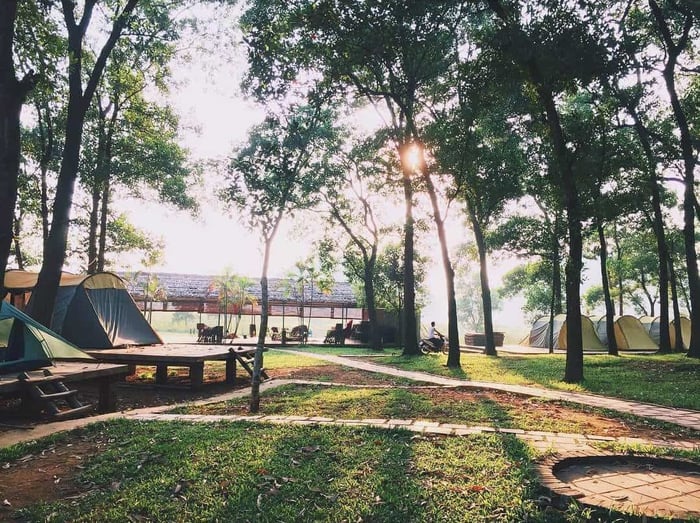
Ba Vi is a popular destination for many tourists.
Yen Xuan Commune, which has the largest Muong community in the capital, has also changed dramatically with expanded roads, newly built cultural houses, and spacious schools and medical stations. Complete infrastructure creates conditions for people to develop agriculture combined with tourism, especially in villages that still retain many traditional Muong stilt houses.
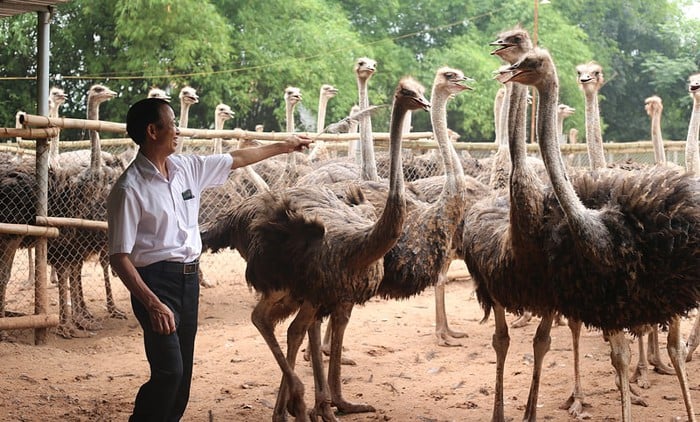
Tourism development promotes sustainable agricultural models in Ba Vi. Photo: Nhipsonghanoi
These foundations are helping mountainous communes enter a new phase of development: developing OCOP products, opening culinary and cultural tours, organizing community activities and attracting visitors from the center of Hanoi. From a difficult area, many villages now have households doing well thanks to their unique services and products.
Culture revives, community tourism attracts visitors
The most outstanding feature of the ethnic minority communes in Hanoi is not only the infrastructure, but also the strong revival of local culture, a factor that makes community tourism here have its own appeal.
Yen Xuan is currently considered the "Muong cultural capital" of the capital with 24 villages with 24 folk art teams maintaining regular activities. In 3 years, the commune has opened 8 Muong gong classes with hundreds of participants; supported gongs for schools; organized costume contests, communicated in Muong language and encouraged people to use Muong language in community activities. In particular, Mo Muong of Yen Xuan has been recognized as a National Intangible Cultural Heritage, becoming a "cultural nucleus" to build performance tourism products and experience rituals.

Community tourism, visitors will experience the sound of Muong gongs. Photo: Nhipsonghanoi
Not only Yen Xuan, Suoi Hai also preserves the identity of the Dao and Muong ethnic groups with art troupes, traditional rituals and local culinary customs. The advantage of Suoi Hai Lake and Ba Vi Mountain helps the commune easily develop homestay models, experience boating, trekking, cultural exploration combined with eco-tourism.
The combination of infrastructure - livelihood - culture is creating a new face of community tourism for the ethnic minority areas of Hanoi. These are no longer "lowland" communes but have become places where tourists come to experience indigenous culture, enjoy traditional cuisine, eco-resorts and explore the spiritual values of the Muong and Dao ethnic communities.
These changes also show a sustainable direction, building a tourism economy based on local cultural identity. When roads are opened, life improves and culture is revived, mountainous communes are becoming a new bright spot in the economic and tourism picture of Hanoi.
4 challenges of Muong and Dao people when developing community tourism
Cultural decline: Yen Xuan commune reported that rapid urbanization has caused the Muong language, customs and traditional crafts to be lost; few young people know Muong gongs or Mo Muong. Lack of successor artisans: Many artisans are old, the commune has difficulty training the next generation; there is a lack of young people working in cultural tourism. Lack of specialized cultural staff: Both Suoi Hai and Yen Xuan reported a lack of specialized cultural and tourism personnel, which limits the organization of activities. Limited socialized resources: Both communes reported that mobilizing investment in tourism and culture is still difficult; the infrastructure supporting tourism is not strong enough.
Source: https://phunuvietnam.vn/ban-lang-dong-bao-muong-va-dao-thanh-diem-den-du-lich-cong-dong-moi-cua-ha-noi-20251117104356164.htm



![[Photo] General Secretary To Lam and National Assembly Chairman Tran Thanh Man attend the 80th Anniversary of the Traditional Day of the Vietnamese Inspection Sector](https://vphoto.vietnam.vn/thumb/1200x675/vietnam/resource/IMAGE/2025/11/17/1763356362984_a2-bnd-7940-3561-jpg.webp)






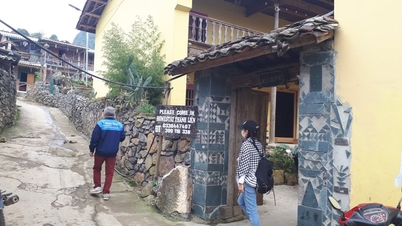

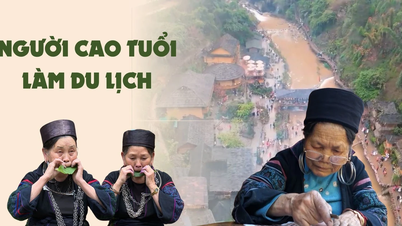


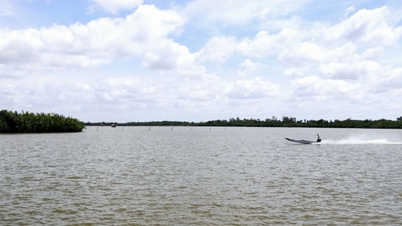


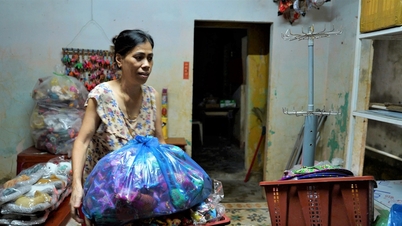





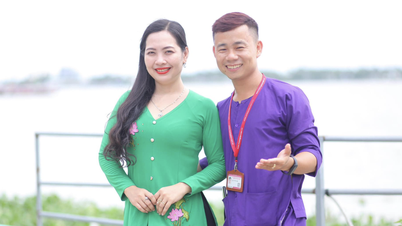


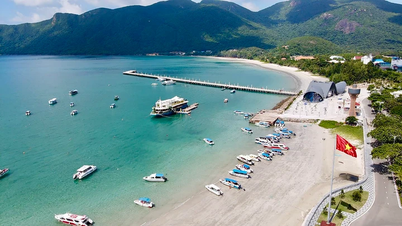







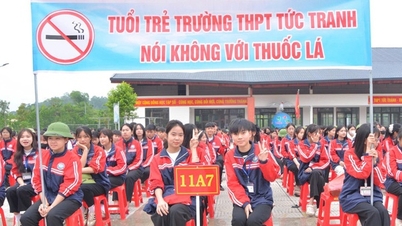
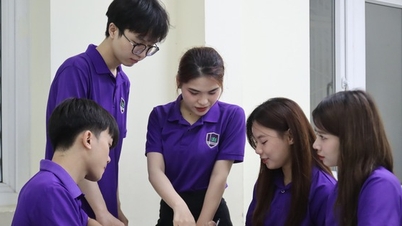

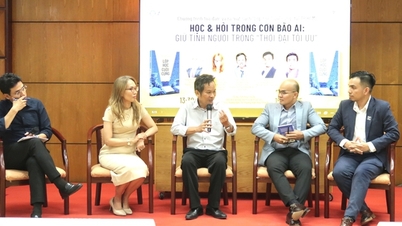












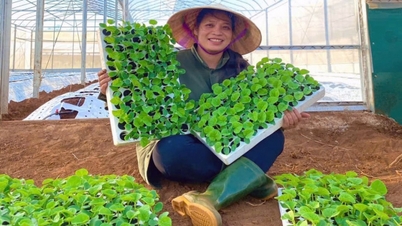





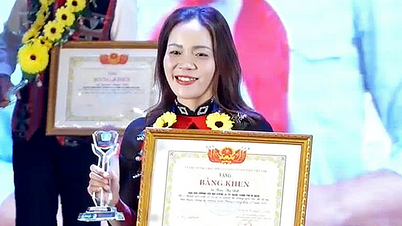
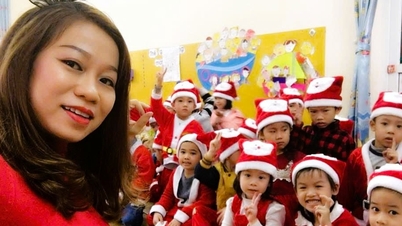



































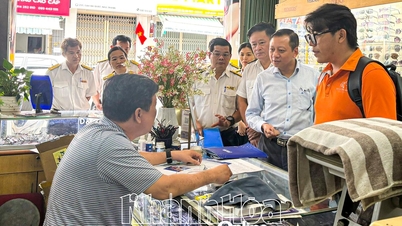



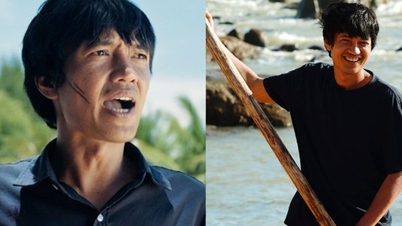
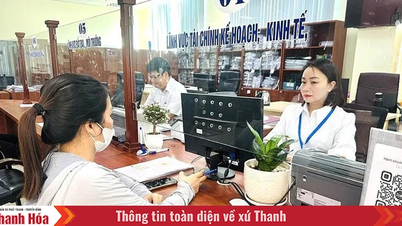









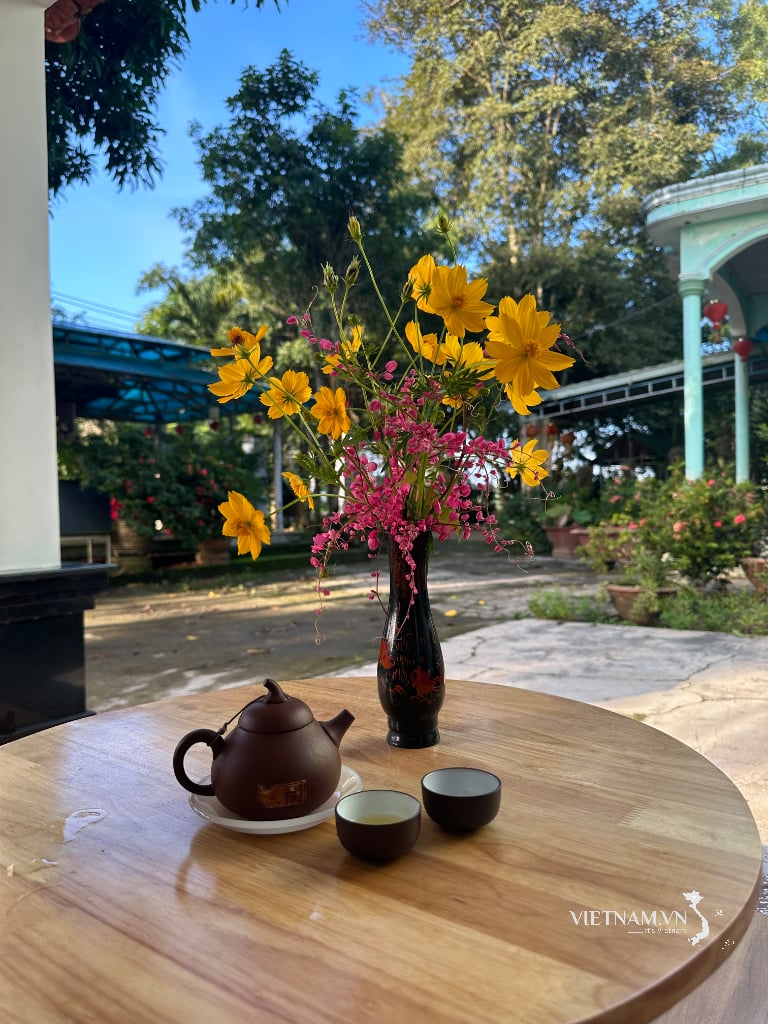

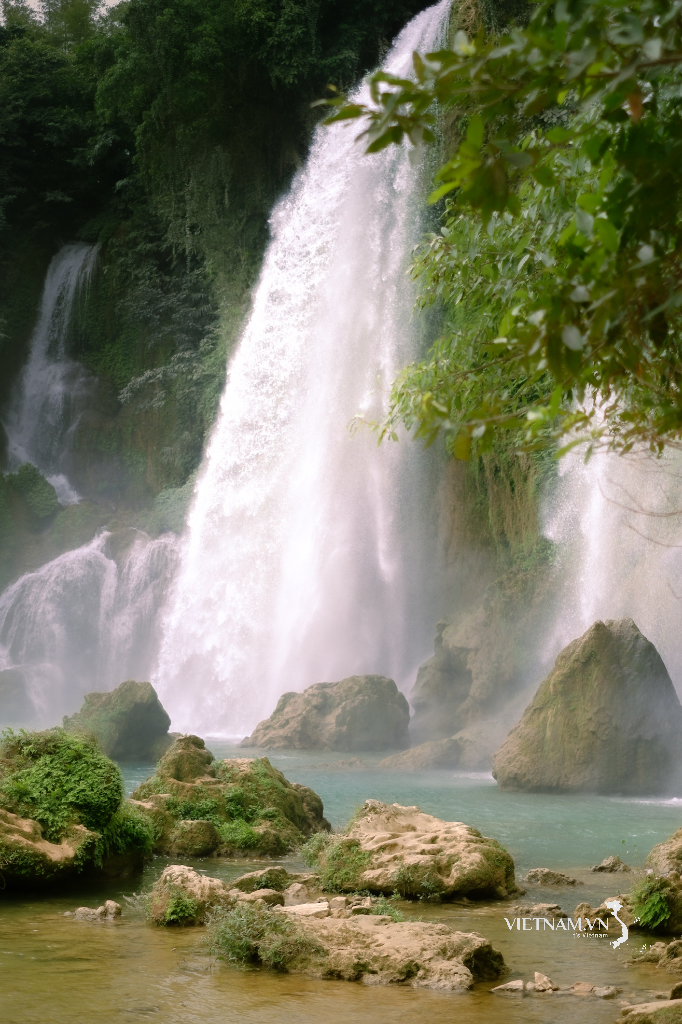

Comment (0)